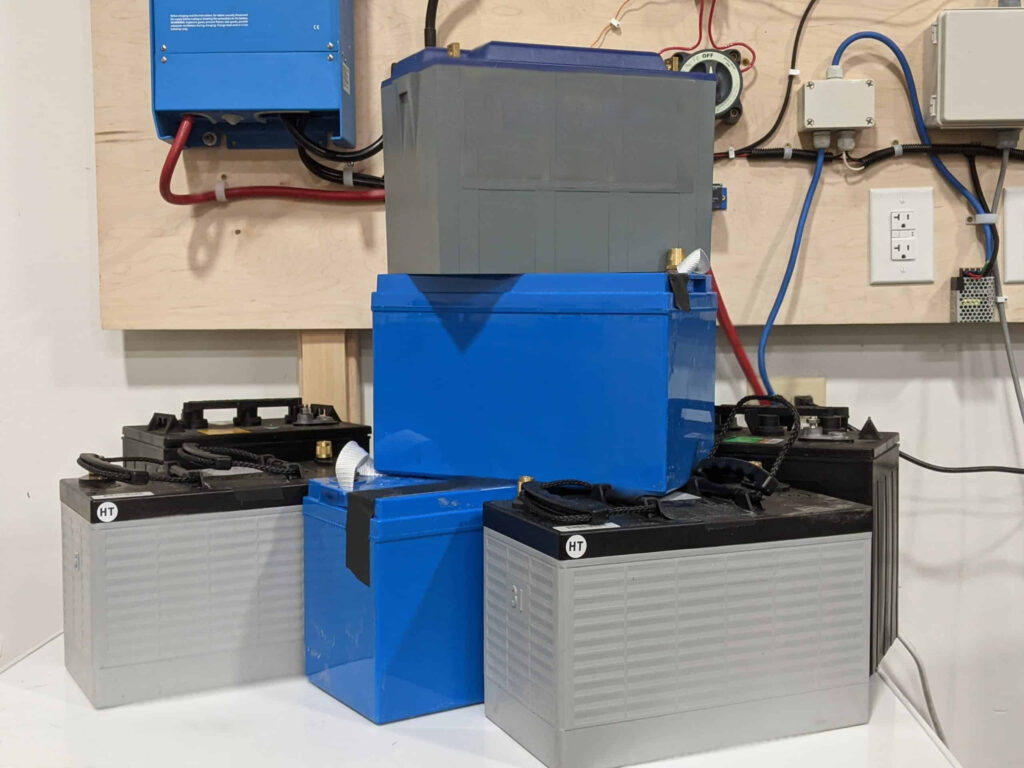Activating a lead-acid battery typically involves initial preparation steps to ensure its optimal performance and longevity. Here are the general steps to activate a lead-acid battery.
- Inspect the Battery: Before activation, carefully inspect the battery for any signs of damage, leaks, or defects. Ensure that the terminals and connections are clean and free from corrosion.
- Prepare Electrolyte Solution: If the battery is not already filled with electrolyte, prepare a suitable electrolyte solution. Typically, this involves diluting sulfuric acid with distilled water to the correct concentration specified by the battery manufacturer.
- Add Electrolyte: Carefully add the prepared electrolyte solution to each cell of the battery, taking care to avoid spills or splashes. Fill each cell to the appropriate level indicated by the manufacturer, usually just below the split-ring level.
- Allow Activation Time: After filling the battery with electrolyte, allow it to sit for a period specified by the manufacturer to allow the electrolyte to soak into the plates and activate the battery.
- Charge the Battery: Connect the battery to an appropriate charger and initiate the charging process. Follow the manufacturer’s recommendations for charging voltage and current. Charging typically takes several hours to complete, depending on the battery size and state of charge.
- Monitor Charging: During the charging process, monitor the battery closely for any signs of overheating, excessive gas generation, or other abnormalities. Adjust charging parameters as necessary to ensure a safe and efficient charging process.
- Perform Initial Capacity Test: Once fully charged, perform an initial capacity test to verify that the battery is functioning correctly. This may involve discharging the battery at a specific rate and measuring the voltage and capacity.
- Top-Up Electrolyte: If necessary, top up the electrolyte levels in each cell to the appropriate level after charging. Use distilled water to adjust the electrolyte levels as needed.
- Seal the Battery: Once the battery is fully activated and charged, seal the cells to prevent electrolyte evaporation and contamination. Ensure that all cell caps are securely tightened.


